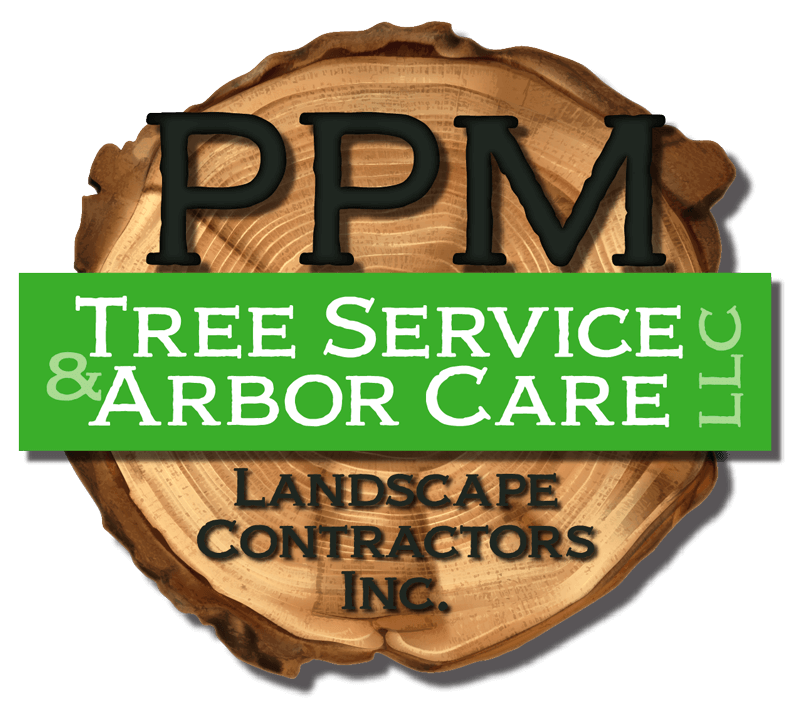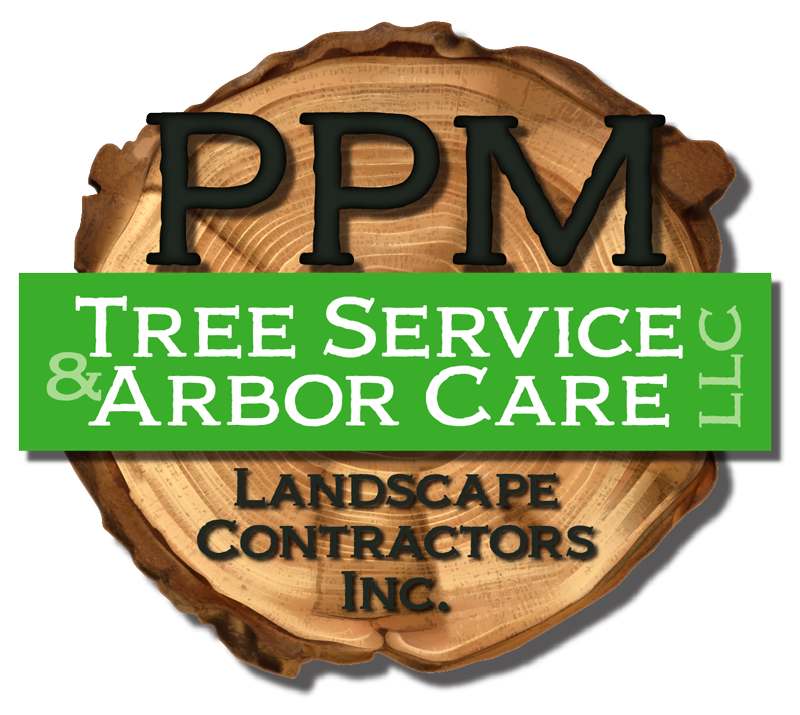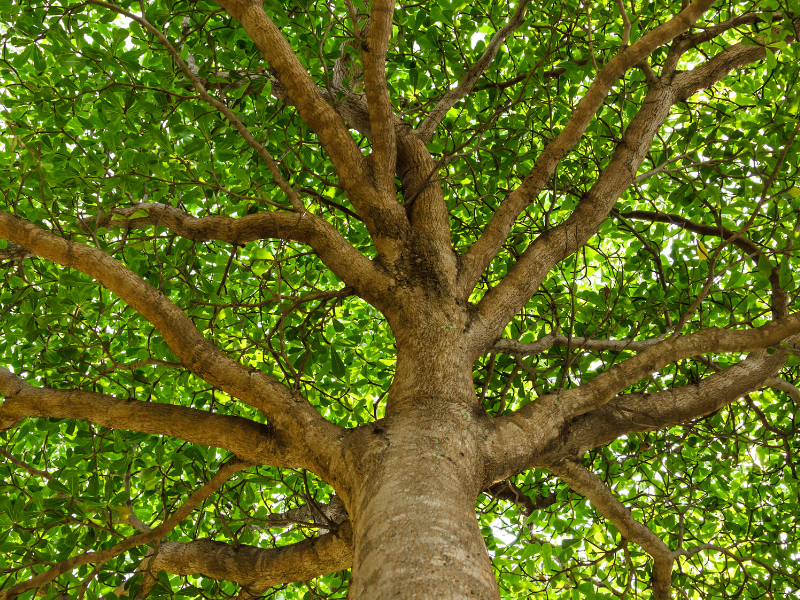Be On The Lookout For These Michigan Tree Diseases
As Michiganders, we take great pride in our trees. It’s no wonder people from other states flock to the mitten in the fall to witness the change of seasons. In our yards, trees are a promontory feature that help make our house feel like a home, which is why you should take tree diseases very seriously. Tree diseases are hard to spot and some can take years to begin to show symptoms but if they aren’t treated in time the entire tree could be lost. Check out this list of common and deadly tree diseases found in Michigan.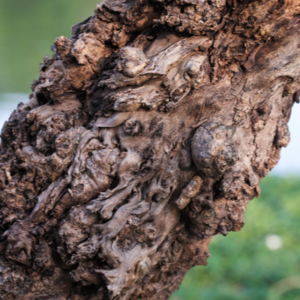
Tree Cankers
Tree cankers are caused by a fungus that infects wounded or stressed trees. Symptoms include, oozing sap, discoloration, sunken areas. Keep your trees healthy and stress free to reduce the chances of tree cankers. If your trees have cankers, the infected areas should be pruned. Do not prune during wet or humid weather as this can spread the fungus to other branches or trees. Always sterilize your equipment after use.
Oak Wilt
Oak trees are known for their strength and durability but even mighty oaks are vulnerable to tree diseases. Oak wilt is caused by a fungus that hitches a ride on sap feeding beetles. These beetles are attracted to the sweet sap that leaks out of wounds in oak trees which is why it is vital that you prune only when the tree is dormant in early spring or late fall. Oak wilt is a fast moving lethal fungus that can kill a red oak in 4 to 6 weeks and white oaks in 1 to 6 months.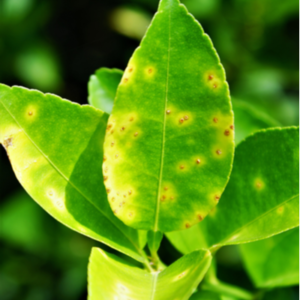
Anthracnose
Anthracnose is one of the most common tree diseases in Michigan and can infect oak, maple, ash, sycamore, and many other species. The fungus creates dead spots on leaves that disrupts the photosynthesis process. This can lead to early defoliation which can stress the tree and make it vulnerable to other diseases. Anthracnose continues to spread each year and can severely damage or stunt the growth of the tree. Signs of anthracnose can be seen In the late fall and early spring as black bumps on leaves. Spores release and are dispersed by wind or rain to other branches and nearby trees.
Needle Cast
Another tree disease common in Michigan is the Rhizosphaera Needle Cast. Needle cast is a foliage disease that affects spruce trees. The blue spruce is not native to Michigan which makes it susceptible to diseases outside of their habitat. The most obvious symptom of needle cast is branch dieback. It begins in the inner lower branches and works its way out to the rest of the tree over the course of several years. As the disease progresses, the tree will look thinner and thinner each year until enough needles are lost and the tree eventually succumbs. To identify needle cast, look for lines of small black dots along the surface of the needles. Fungicides may be effective in controlling the disease but the best option is to remove all infected trees before it spreads.
Call The Tree Removal Experts
Trust your trees with PPM Tree Service & Arbor Care. We offer many tree services like planting, trimming, pruning, tree removal, and stump grinding. You can’t go wrong with tree care services from PPM.
Give us a call at (877) 454-8733 or request a quote here. Hear about the latest news and offers from PPM by following us on Twitter and Facebook. Don’t forget to check out the monthly PPM Tree blog for all your tree care tips and tricks
